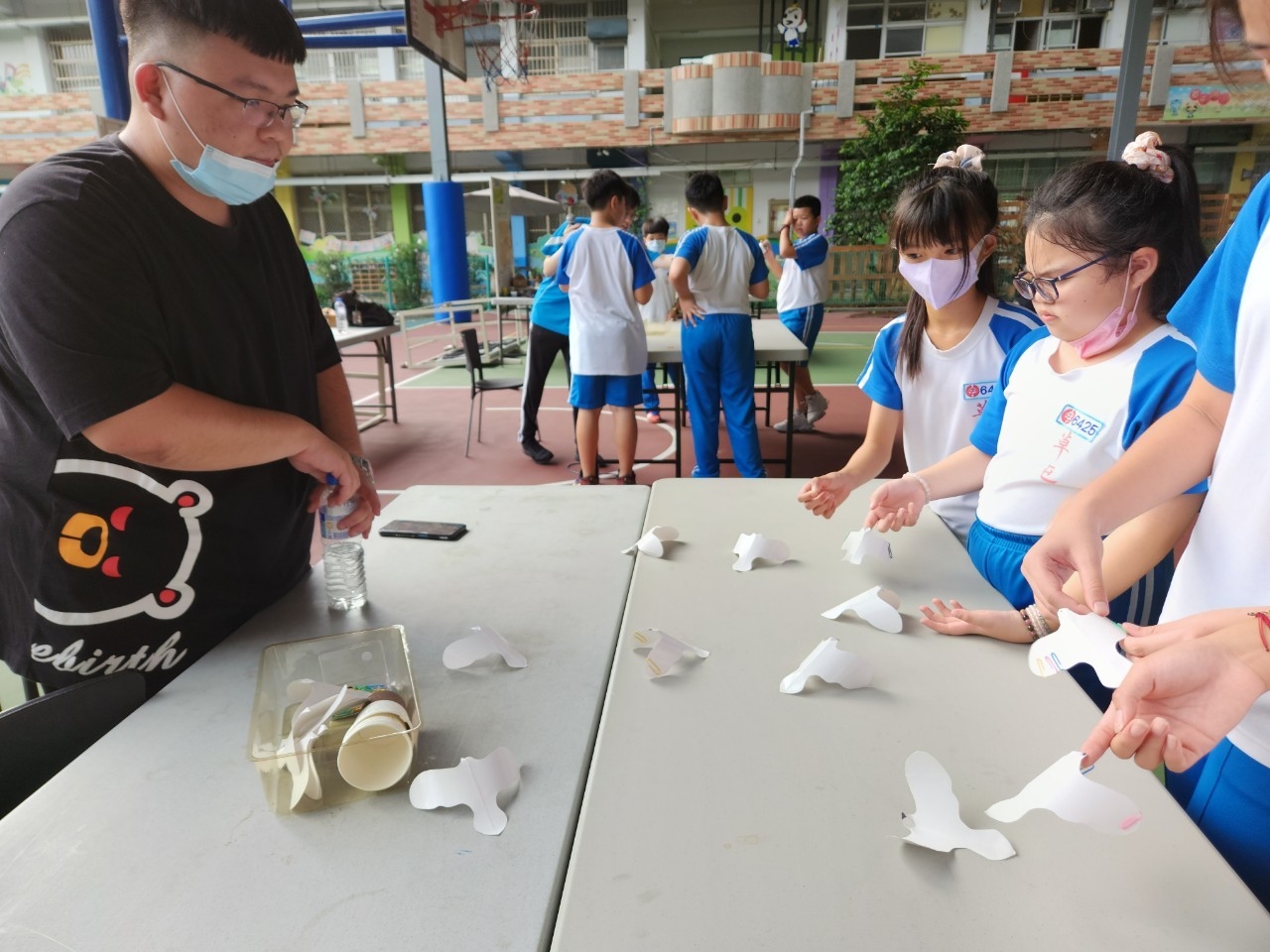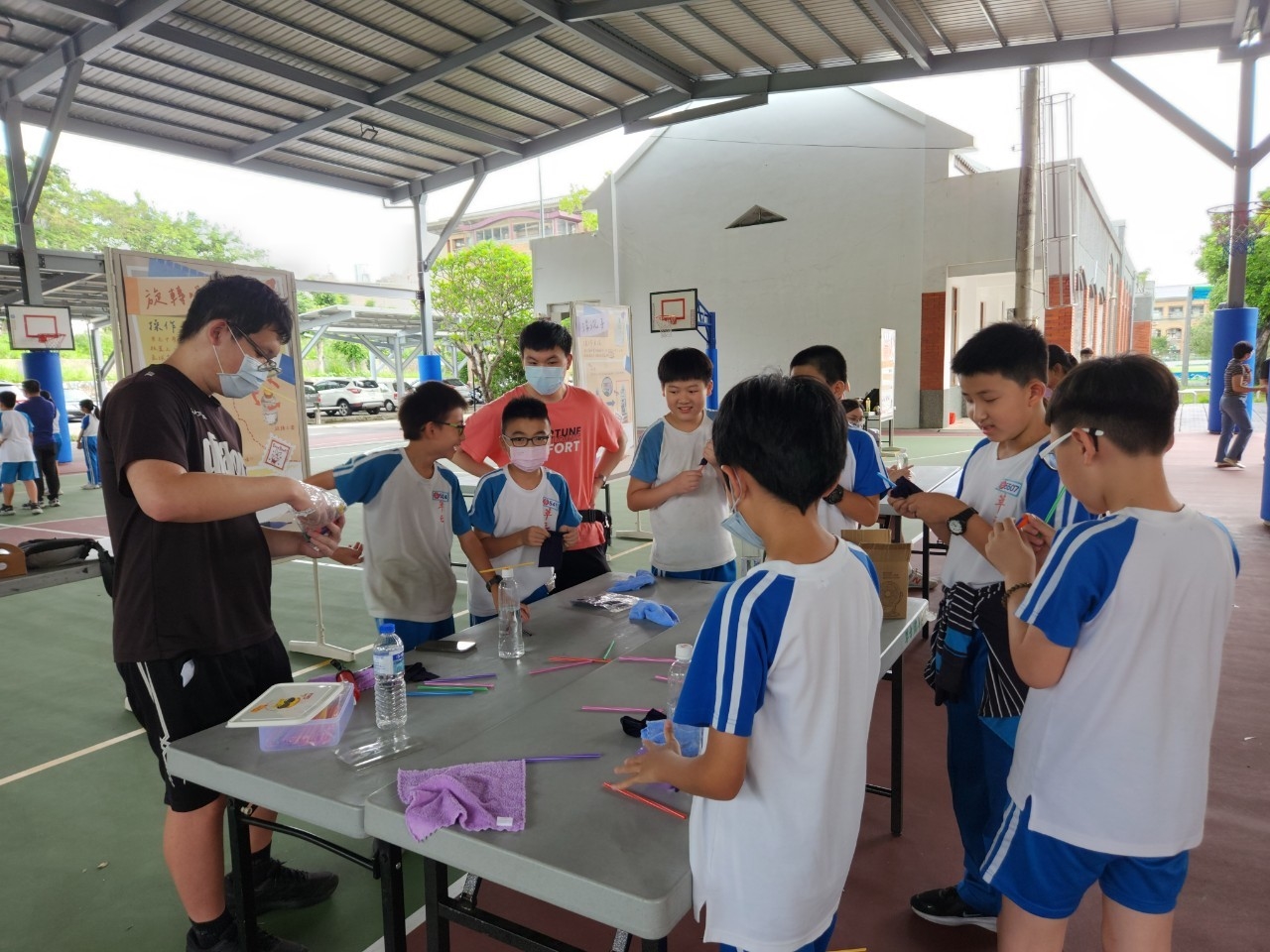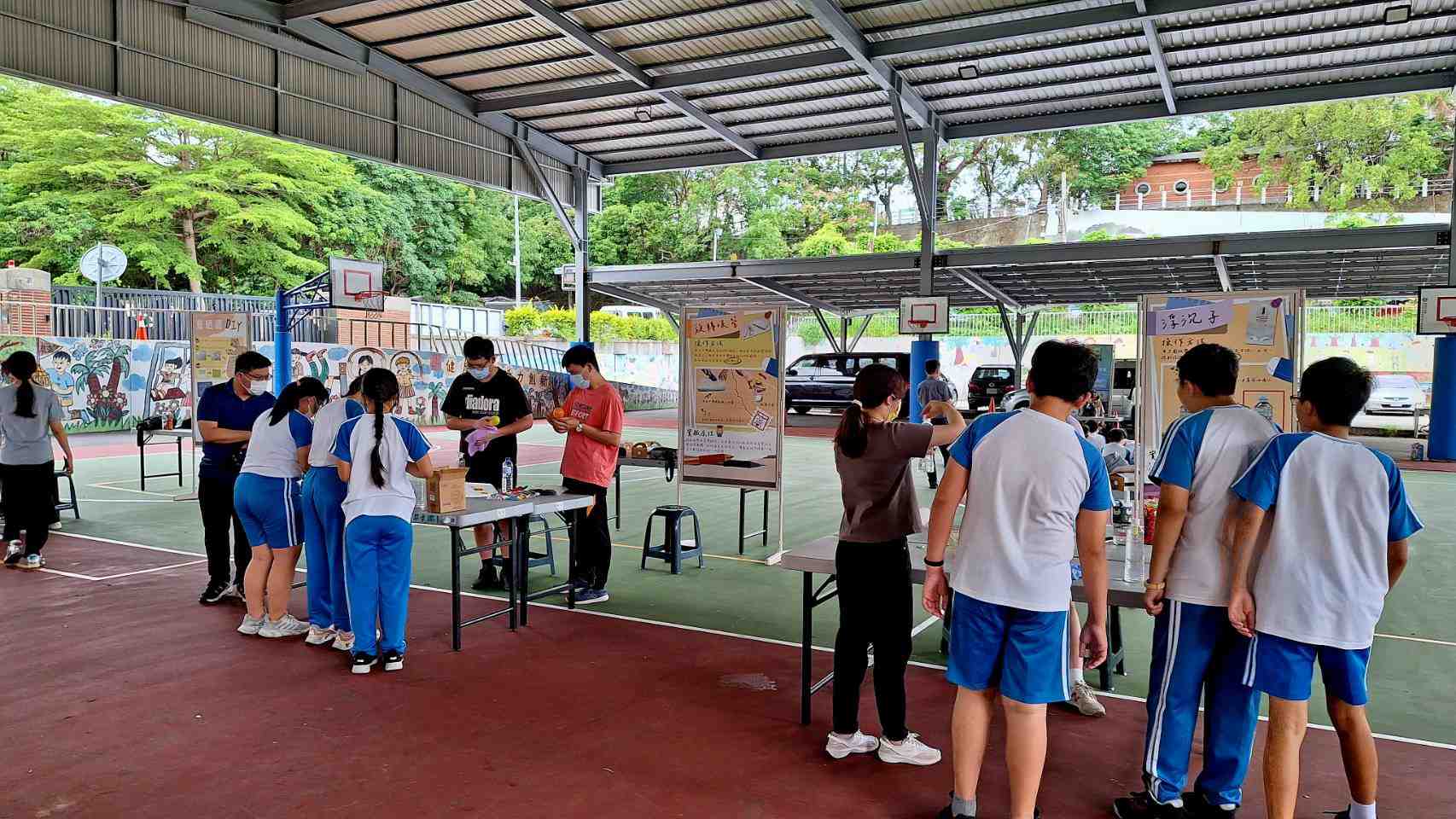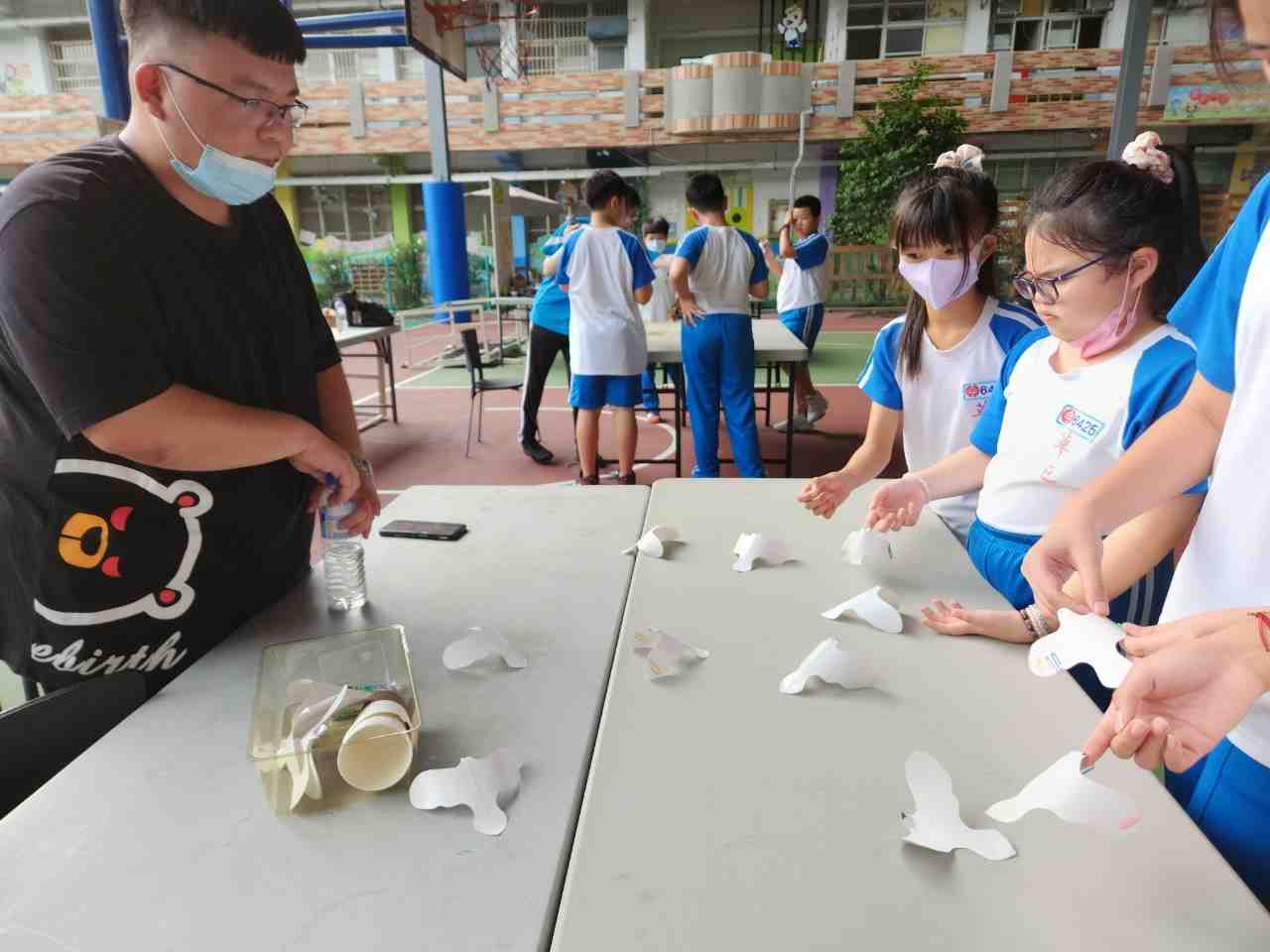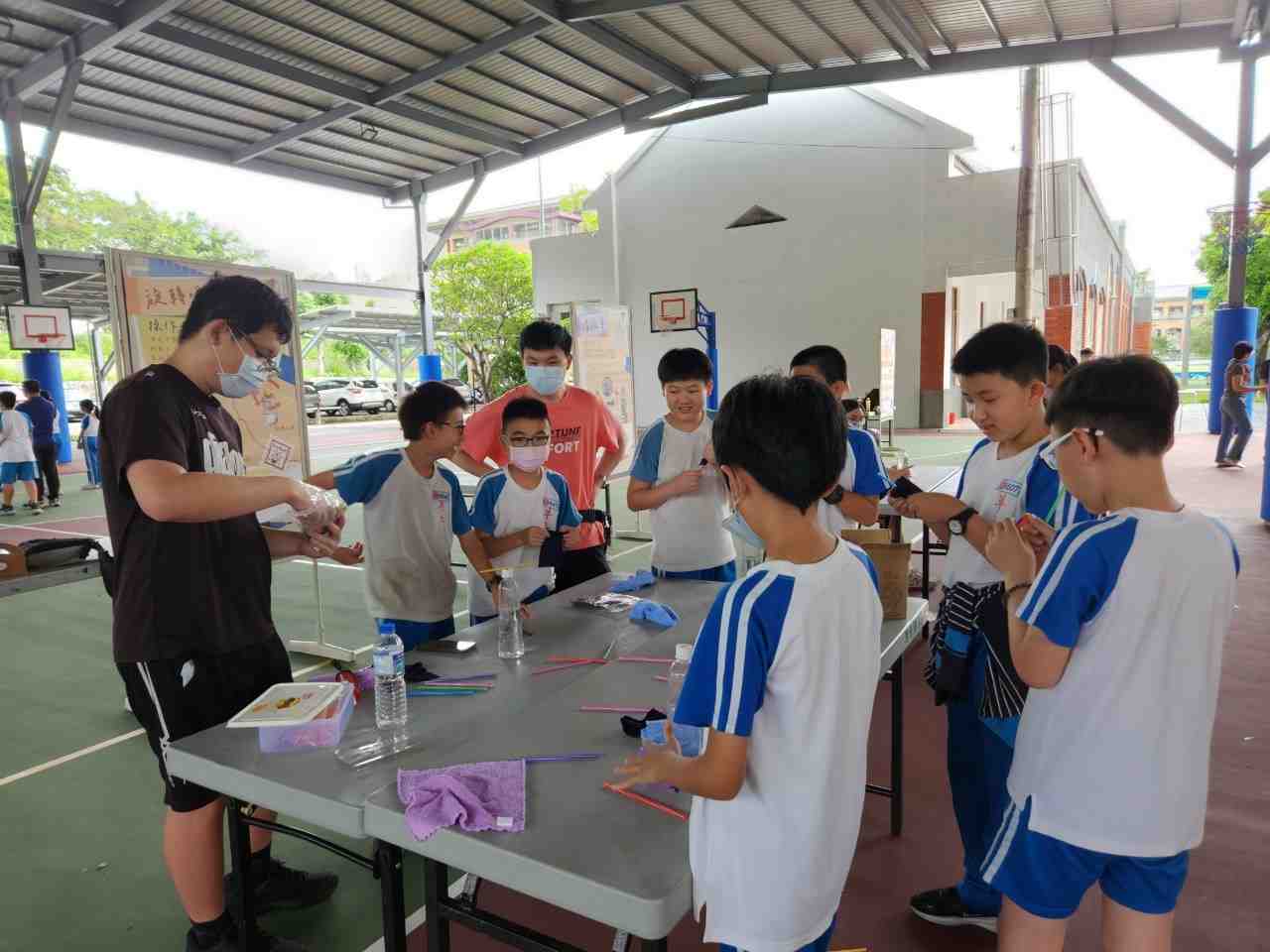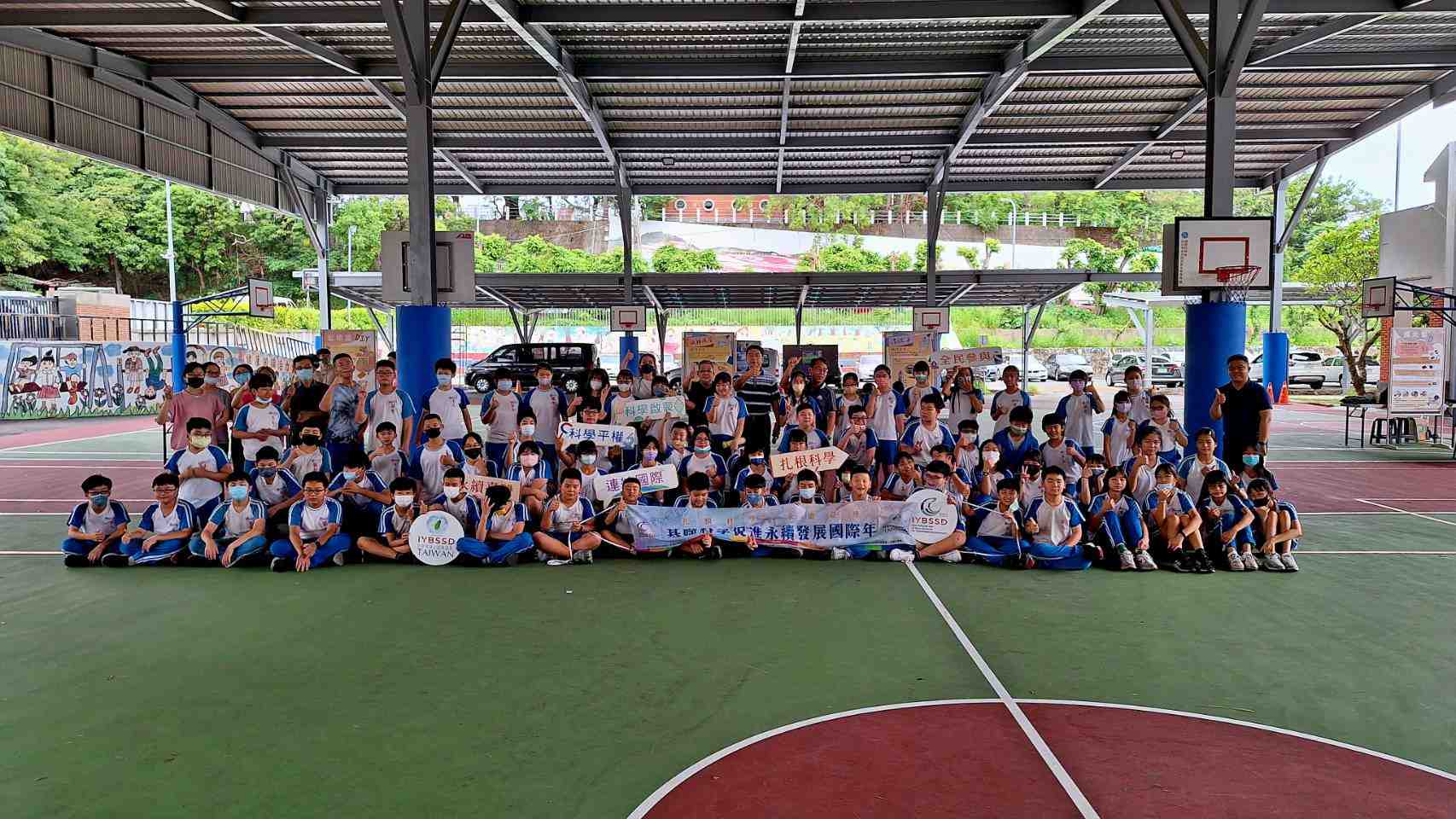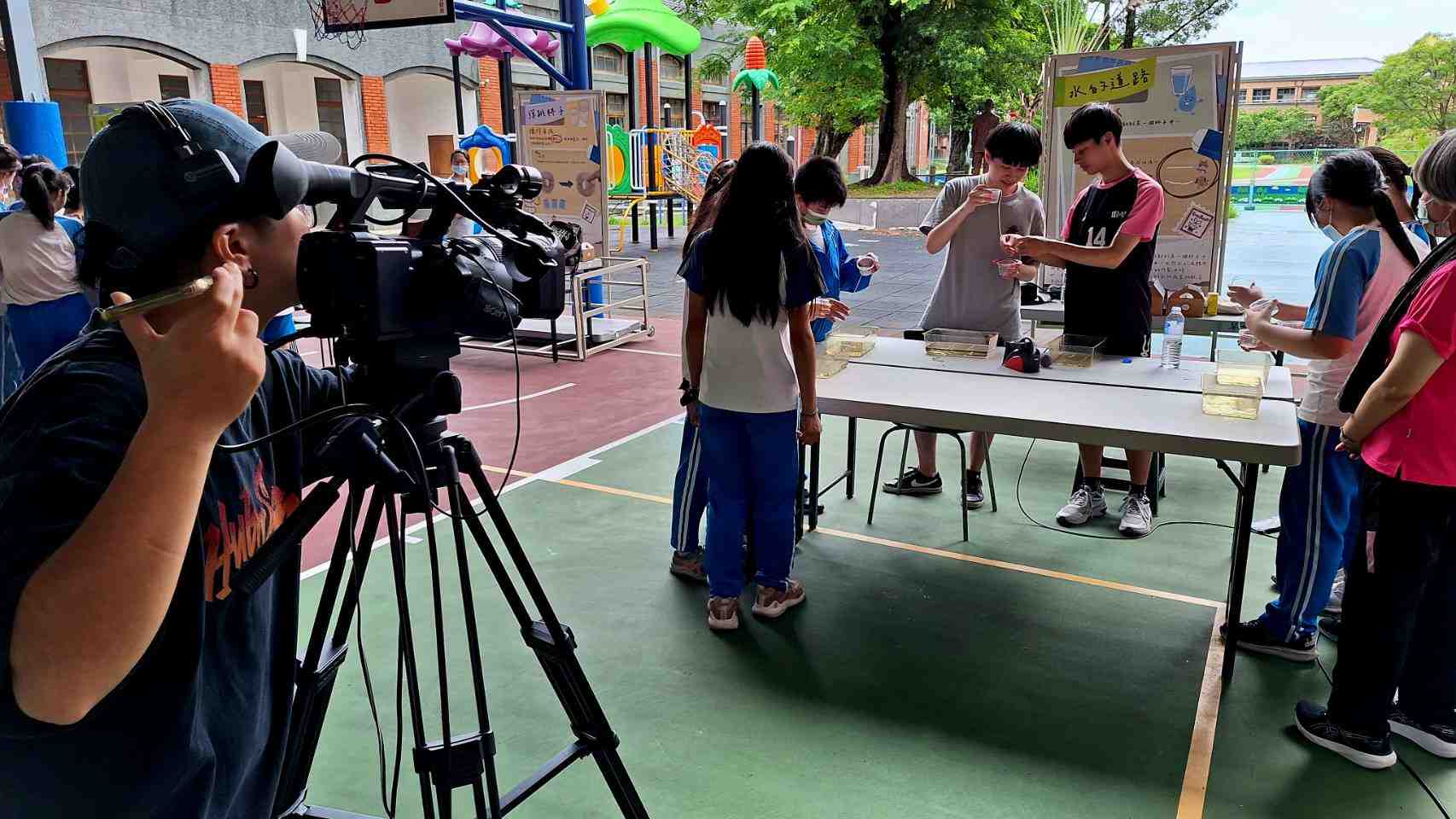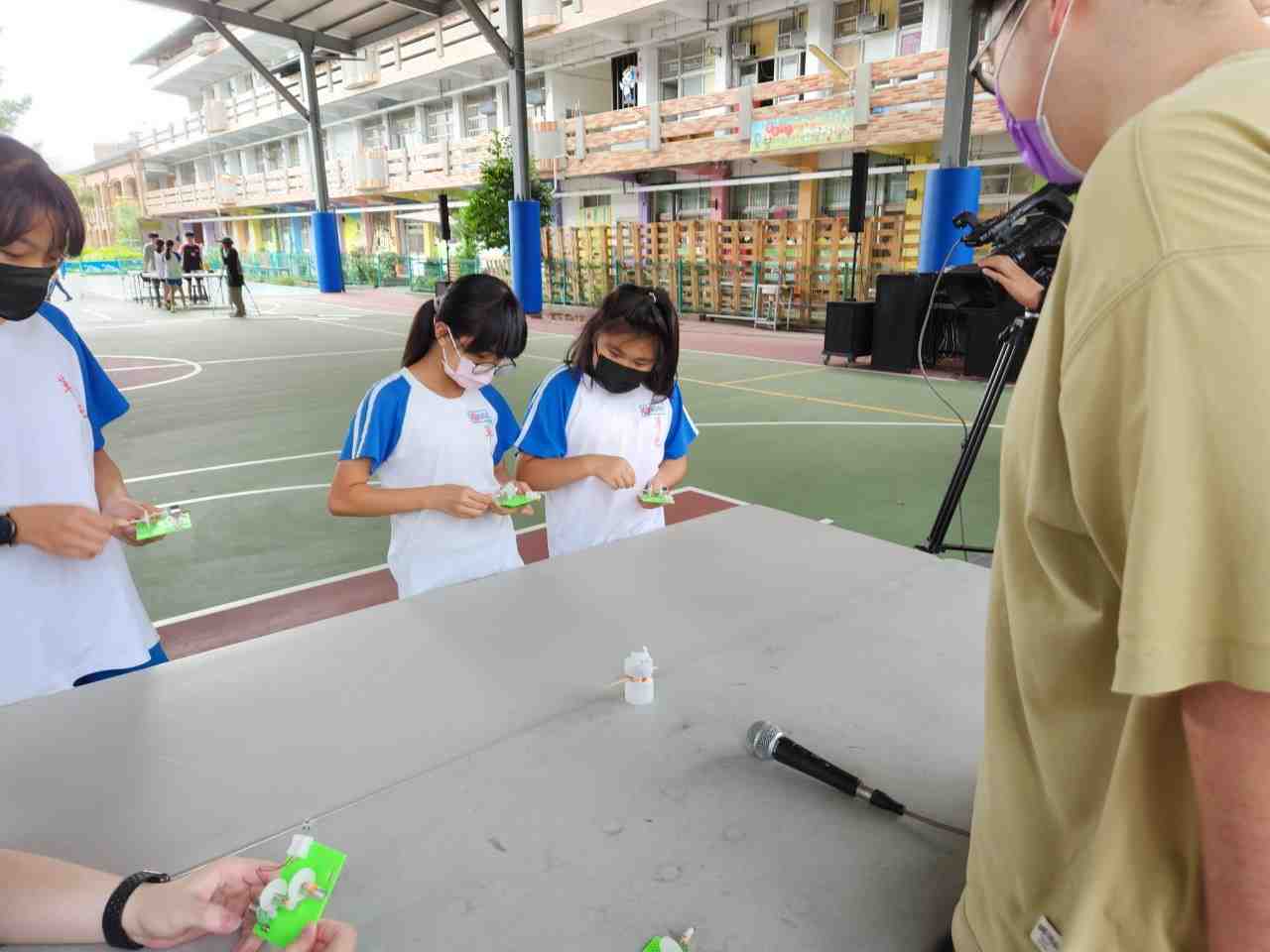Highlights
- Home /
- Highlights /
- Integrating Virtual and Science Education
Integrating Virtual and Science Education
 Science Communication
Science Communication
Scientific experiments are one of the important elements in SDGs Quality Education. Through hands-on activities such as practical experiments and observations, students can explore and understand scientific knowledge, develop scientific thinking, and problem-solving skills. This helps students acquire practical scientific skills and cultivate their interest in scientific research and technological innovation.By showcasing various experimental videos in the metaverse exhibition, the aim is to stimulate the curiosity and exploration spirit of elementary school students, allowing them to develop a greater love for science. Through practical activities, students' curiosity about science is nurtured, and by integrating the metaverse platform, a combination of virtual and physical experiences, they can understand how digital technology further expands our virtual world.The curriculum for this event is as follows:1.Experience the metaverse2.Introduction and production of cyanotype3.Introduction and production of polarisations
Activity Goals aligned with SDGs Projects

Goal
Science Cultivation
Type of event
Experimental Demonstrations
Organizer
Event Audience
student
Contact
Telephone Number
04-23323456 ext.1868
peichun.chang@gmail.com
Result
The virtual and reality integration popular science activities held in Caotun Elementary School this time are divided into two areas: the introduction of the Yuan universe exhibition room and 10 hand -made small experiments.In the introduction area of ??the Yuan Cosmic Exhibition Room, we introduced the concepts of the Yuan universe to the children and guided them to visit the virtual popular science exhibition room. By watching the popular science videos and actual operations in the exhibition room, the children learned more deeply about Yuan The concept and application of the universe. They especially like interactive movements and placement parts. In addition to the iPad for experience, volunteers also lend their mobile phones to children, so that other waiting children can participate in it. In observing, we found that compared with the virtual space of the Science and Technology Exhibition, children are more keen on social interaction with virtual characters. This is the most important part of the concept of the Yuan universe.In the small experimental area of ??10 hands, the children performed very proactive. They carefully listened to volunteers' explanations of the experimental principles and operation methods, and enthusiastically asked questions, and were brave enough to experiment. Through actual operation and personal experience, the children understand the concepts and principles of science more deeply, and also cultivate their love for learning.It is hoped that through the introduction of the Yuan universe and scientific implementation, it can arouse children's curiosity and enthusiasm for science. The activities not only lead them to have a deeper understanding of the Yuan universe, but also cultivate the ability of scientific thinking and solving problems. At the same time, it is hoped that they will also get a valuable learning experience in hand -made experiments, deepening their understanding and interest in science.
Number of Participants200人
Video LinkFeatured events
Contact Us
- Tel: 02-7749-6818
- Email: iybssdtw@gmail.com
Adviser

自然科學及永續研究發展處
Organizer
國立臺灣師範大學科學教育研究所、自然科學及永續研究推展中心、國立成功大學材料科學及工程學系、台灣物理學會、中國化學會
Co-organizer
中央研究院永續科學中心、中原大學物理學系、中華民國數學會、行政院原子能委員會、財團法人國家實驗研究院國家高速網路與計算中心、財團法人國家衛生研究院、高雄市政府教育局、國立中央大學科學教育中心、國立中正大學科學教育中心、國立成功大學科學教育中心、國立自然科學博物館、國立東華大學科學教育中心、國立科學工藝博物館、國立海洋生物博物館、國立海洋科技博物館、國立高雄大學科學教育中心、國立高雄師範大學、國立清華大學跨領域科學教育中心、國立彰化師範大學、國立臺灣大學科學教育發展中心、國立臺灣科學教育館、國家衛生研究院、淡江大學科學教育中心、逢甲大學綠能科技暨生技產業發展研究中心、臺北市政府教育局、臺灣永續棧、臺灣海洋聯盟、臺灣港務股份有限公司



